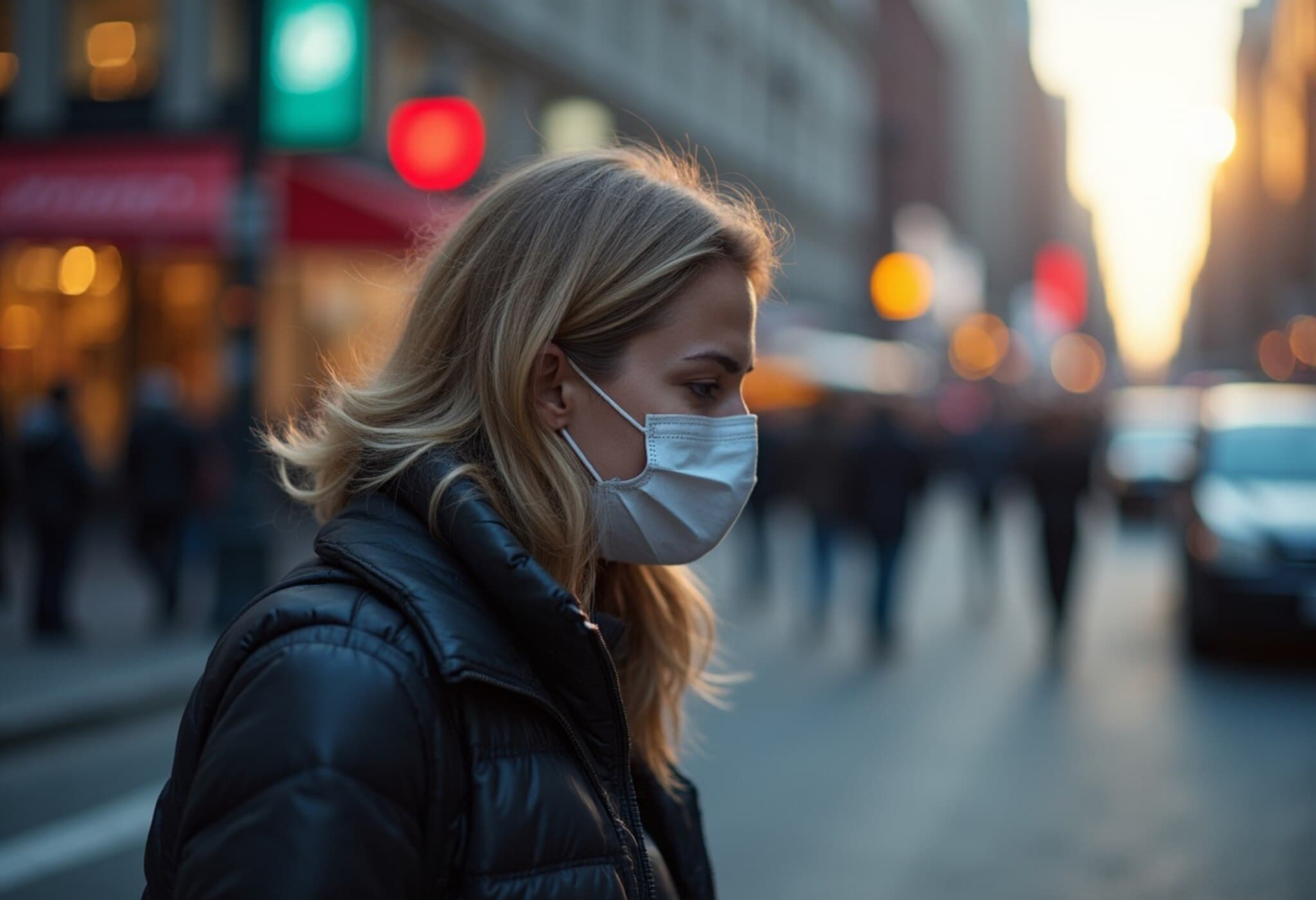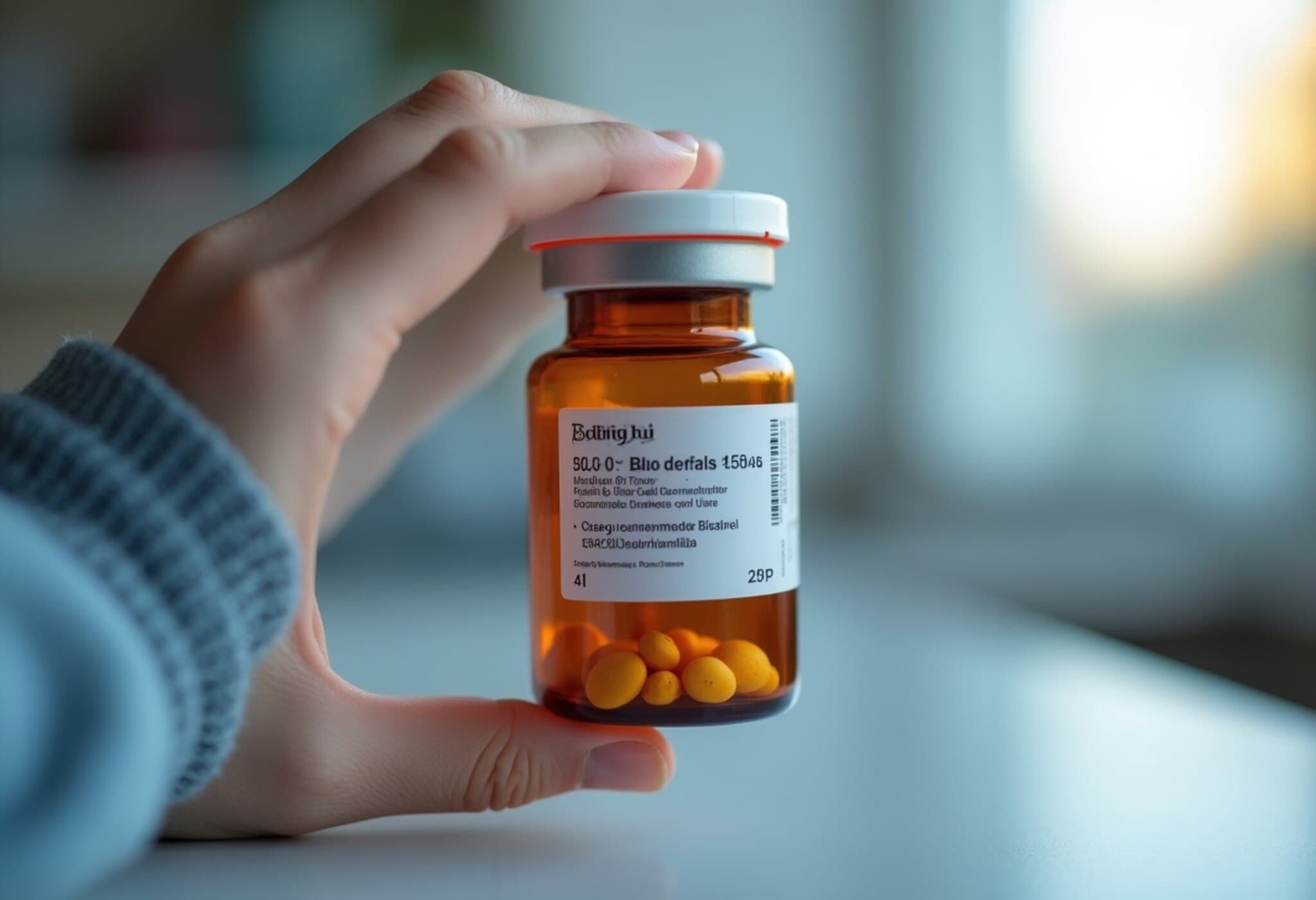Beyond Fentanyl: The Rising Threat of Nitazenes in the US Drug Crisis
While the opioid epidemic has long been dominated by the shadow of fentanyl, a far deadlier synthetic opioid class known as nitazenes is swiftly emerging—yet it remains largely under the radar in American drug policy discourse. As heroin supplies dwindle and synthetic labs proliferate, nitazenes are stepping into a perilous void, worsening the overdose crisis with their extraordinary potency and elusiveness.
The Unseen Successor to Fentanyl
Nitazenes hail from experiments conducted in 1960s Switzerland, initially developed as morphine alternatives but shelved due to their extreme overdose potential. Fast forward to today, and these drugs have reemerged as silent killers, implicated in hundreds of deaths across Europe and increasingly detected in the US drug market. Because nitazenes are significantly more potent—up to five times stronger than fentanyl and as much as 250 times stronger than heroin—their presence intensifies the deadly risks posed to users and challenges the capabilities of law enforcement and public health officials.
Trump’s Fentanyl Campaign: Missing the Bigger Picture?
During his tenure, former President Donald Trump made combating fentanyl trafficking a cornerstone of domestic policy and national security, emphasizing border enforcement and diplomatic pressure on China and Mexico to curb precursor chemicals. Yet, despite these focused efforts, the burgeoning nitazene threat remains largely unaddressed.
According to experts like Vanda Felbab-Brown of the Brookings Institution, the US opioid crisis isn’t driven solely by demand but largely by the supply mechanisms. With nitazenes currently distributed via discreet sellers and online marketplaces operating out of China and Pakistan, there is a risk these substances could soon saturate US markets unchecked.
Shifting Drug Landscapes: The Heroin Shortage and Synthetic Surge
- In 2022, the Taliban’s ban on poppy cultivation cut off around 90% of the world’s heroin supply, creating shortages that traffickers are attempting to fill with synthetic opioids.
- Experts warn that large criminal syndicates—ranging from European mafias to Mexican cartels—may adopt nitazenes to capitalize on this gap, potentially precipitating a public health catastrophe.
- Because nitazenes are relatively easy to produce and transport, they enable traffickers to supply potent doses in small quantities, exacerbating risks for overdose and death.
The Invisible Killers: How Nitazenes Evade Detection
Nitazenes are frequently mixed into a variety of substances—from heroin and cocaine to counterfeit prescription pills and vaping products—making them difficult to detect during routine drug screenings. This was tragically illustrated in the death of 23-year-old opera singer Alex Harpum, whose overdose was initially misattributed until his mother advocated for tests specific to nitazenes, uncovering the grim truth.
Despite their lethality, dealers have a perverse economic incentive not to kill users outright. As opioid expert Adam Holland from the University of Bristol explains, because such potent substances can meet user demand in smaller amounts, they are easier to smuggle and more cost-effective—often diluted with bulking agents like caffeine or paracetamol to maximize profits.
Economic Dynamics Behind Synthetic Opioid Epidemics
The shifting tides of the global drug market reflect a ruthless adaptation to policy changes and supply disruptions. Estonia’s experience in the 2000s serves as a stark example: after the initial poppy supply was curtailed, fentanyl filled the vacuum, quadrupling overdose deaths and plunging the country into a longstanding crisis. Today, Estonia faces another wave with nitazenes responsible for almost half of drug-related deaths.
Such patterns underline a critical challenge for the US and other nations: the drug war is no longer about cutting down crops but about racing ahead in the chemistry lab. Without rapid adaptation in detection, prevention, and international coordination, these newer synthetic opioids will likely deepen the overdose epidemic further.
Expert Insight and Policy Implications
Given this evolving threat, policymakers must broaden their focus beyond fentanyl. Incorporating testing for nitazenes in overdose investigations, enhancing international intelligence sharing around precursor chemicals, and developing harm reduction initiatives targeting synthetic opioids are urgent priorities.
In parallel, understanding the socioeconomic drivers behind the demand—and the entrepreneurial agility of trafficking networks—can help design more effective, humane policies. The story of nitazenes serves as a stark reminder: staying ahead in the drug crisis means anticipating the next chemical innovation, not just chasing the last.
What’s Next?
- Expand toxicology screenings to detect nitazenes and other emerging synthetics nationwide.
- Increase funding for public health responses including wider naloxone distribution and public awareness campaigns.
- Strengthen cross-border collaboration to disrupt supply chains in Asia and other regions.
- Invest in research to develop treatment protocols tailored to novel synthetic opioids.
Editor’s Note:
While fentanyl remains a critical battlefield in America’s opioid crisis, the rise of nitazenes reveals the complex, adaptive nature of synthetic drug threats. This emerging menace challenges traditional drug enforcement and public health strategies. Readers are encouraged to consider: How can policy adapt in real time to chemical innovations fueling the overdose epidemic? And how can communities be better equipped to face these hidden dangers?



















